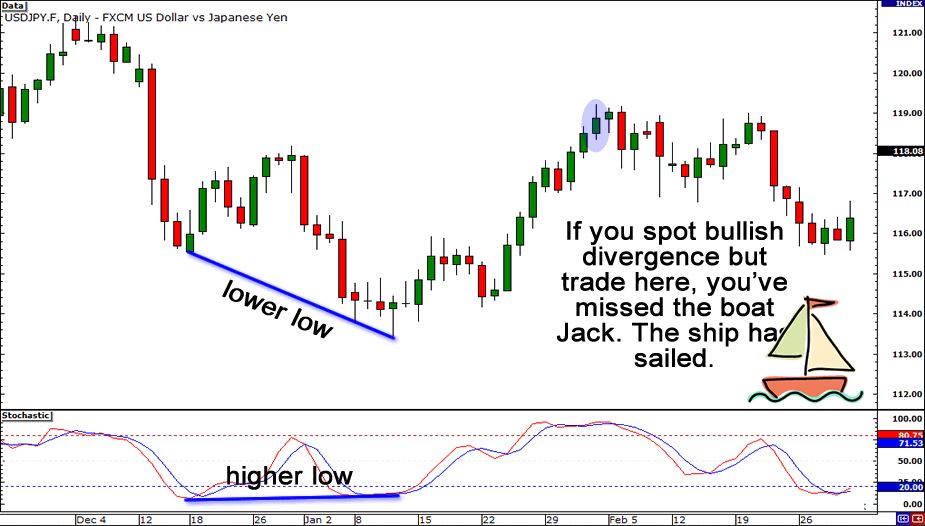In Forex trading, divergences are a common technical analysis indicator. These are the simplest and earliest forex signals that reveal a shift in the trend and eliminate false signals.
When the price of an asset moves in the opposite direction of a technical indicator, like an oscillator, this is known as a forex divergence.

What does divergence teach us?
A divergence in economic analysis may indicate a significant upward or downward price shift. When the price of an item falls to a new low while another indication, such as money flow, begins to rise, this is known as a “positive divergence.”
When the price makes a new high, this is a negative divergence, but the analyzed metric makes a new low.
Traders use divergence to determine what impacts a price and how likely a price reversal is. For instance, traders can plot oscillators like the Relative Strength Index (RSI) on a price chart.
The relative strength index (RSI) should do the same if the stock rises to new heights. A stock’s uptrend may be slowing if the RSI is making lower highs even as the stock is hitting new highs.
A negative divergence exists in this situation. The investor can then determine whether to stay in the trade or cut their losses if the price falls.
The limitations of divergence
Divergence indicates that investors can consider confirming a trend change before taking action. All forms of technical analysis are subject to this rule.
Price movements in different directions don’t necessarily result in divergence. As a result, you’ll want to pair divergence with some other technique for managing risks or conducting research.
It’s important to note that divergence alone isn’t sufficient to guarantee a price shift or even an imminent one.
Divergence often persists for extended periods. Basing your decisions on it alone might be risky and expensive if the price doesn’t develop as expected.
Is it worthwhile to invest in divergence?
Divergence signals are integral to the trading technique and serve as its basis. Or they may function as a part of a filter that determines the authenticity of sent data.
Understanding and being able to use divergence indications is crucial. These abilities allow a trader to maintain a positive net worth by minimizing the impact of any large losses.

How do you confirm divergence?
- Divergence signals should only be used in the direction of the prevailing trend.
- The closing of the candle that confirms the divergence must always be waited for.
- Third, verify the early warning by using additional indicators. This includes price action trading patterns, pivot points, round numbers, and support and resistance levels.
Bottom line
Divergence is one of the most fundamental early signals in foreign exchange. Any divergence in any market or trading instrument is readily apparent. Divergence signals are useful as a foundational part of any trading system or as a secondary filter when analyzing the market. Any technical analyst or trader worth their salt will be familiar with and make use of divergence signals.


